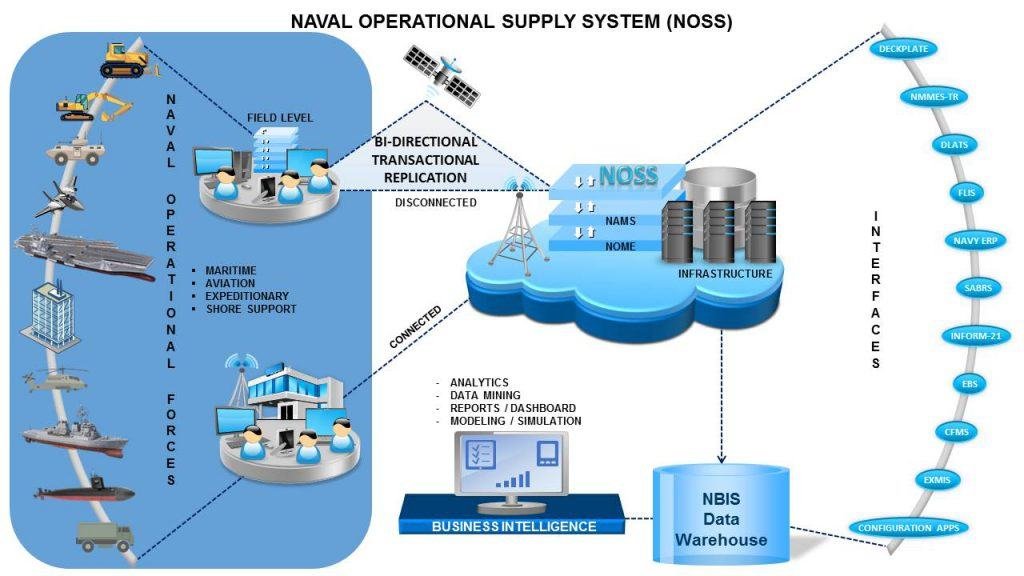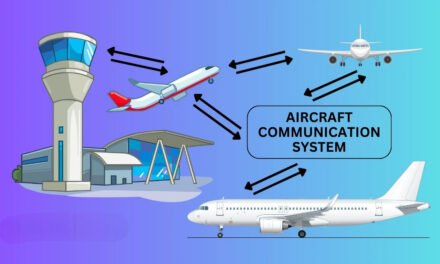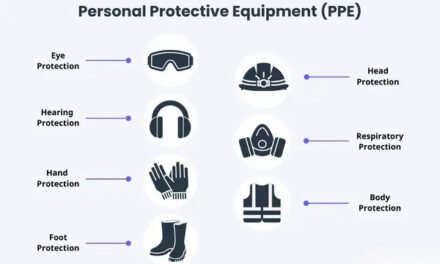Naval logistics and supply chains are critical to sustaining defense readiness by ensuring that naval forces have the resources, supplies, and support needed to operate effectively in peace and conflict. They enable fleets to maintain operational tempo, respond rapidly to crises, and sustain long-term deployments. Here’s an in-depth look at their role:
1. Ensuring Operational Readiness
A. Provisioning Supplies
- Role: Deliver essential resources like fuel, food, ammunition, spare parts, and medical supplies.
- How It Works:
- Forward-deployed logistics ships (e.g., replenishment oilers, supply vessels) resupply naval forces at sea.
- Example: The U.S. Navy’s Combat Logistics Force (CLF) provides underway replenishment for ships during operations.
- Benefit:
- Enables continuous operations without the need to return to port.
B. Maintaining Fleet Sustainment
- Role: Ensure ships, submarines, and aircraft are fully equipped and operationally capable.
- How It Works:
- Supply chains provide replacement parts and components to maintain and repair systems.
- Example: Aircraft carriers rely on integrated logistics systems to support onboard squadrons and systems.
2. Supporting Long-Term Deployments
A. Replenishment at Sea (RAS)
- Role: Allow ships to receive supplies while remaining operational in theater.
- How It Works:
- Logistics vessels transfer fuel, food, ammunition, and other essentials using specialized equipment like fueling rigs and cargo transfer systems.
- Example: The USNS Supply-class fast combat support ships perform RAS for carrier strike groups.
- Benefit:
- Extends the time naval forces can remain at sea, supporting sustained operations.
B. Forward Basing
- Role: Preposition resources in strategic locations to reduce response times.
- How It Works:
- Establishes logistics hubs near potential conflict zones for rapid deployment.
- Example: The U.S. Navy’s Diego Garcia base supports Indian Ocean operations.
- Benefit:
- Reduces logistical bottlenecks and enhances readiness in critical regions.
3. Enhancing Strategic Mobility
A. Rapid Deployment
- Role: Enable naval forces to mobilize quickly in response to emerging threats or crises.
- How It Works:
- Transport ships and prepositioned supply vessels deliver troops, equipment, and supplies to forward locations.
- Example: The Maritime Prepositioning Force (MPF) delivers equipment for Marine Corps operations.
- Benefit:
- Ensures readiness for combat or humanitarian missions with minimal delay.
B. Flexibility in Multinational Operations
- Role: Support coalition forces in joint operations.
- How It Works:
- Logistics systems integrate with allied supply chains to share resources and infrastructure.
- Example: NATO’s Multinational Logistics Coordination Center (MLCC) facilitates joint logistics planning.
- Benefit:
- Enhances interoperability and resource sharing among partner nations.
4. Enabling Complex Naval Operations
A. Amphibious and Expeditionary Warfare
- Role: Support large-scale troop movements and sustained operations ashore.
- How It Works:
- Amphibious assault ships and landing docks transport and supply troops during beach landings.
- Example: San Antonio-class amphibious transport docks support Marines with supplies and logistics.
- Benefit:
- Ensures sustained support for ground forces in contested environments.
B. Carrier Strike Group (CSG) Operations
- Role: Maintain the readiness of aircraft carriers and their escort ships.
- How It Works:
- Logistics ships replenish fuel, munitions, and parts for both ships and embarked aircraft.
- Example: The USNS Arctic provides integrated logistics support for U.S. Navy CSGs.
5. Advancing Technological Integration
A. Predictive Maintenance
- Role: Use data analytics to anticipate and address maintenance needs proactively.
- How It Works:
- Sensors monitor equipment performance, sending data to logistics systems to pre-order parts and schedule repairs.
- Example: The Naval Operational Logistics Integration Center (NOLIC) employs predictive tools to optimize supply chains.
- Benefit:
- Reduces downtime and improves fleet availability.
B. Automation and AI in Supply Chains
- Role: Streamline logistics operations with autonomous systems and AI-driven decision-making.
- How It Works:
- AI optimizes supply routes and inventory management, while unmanned vehicles deliver supplies to ships.
- Example: Sea Machines Robotics develops autonomous logistics USVs for naval resupply missions.
- Benefit:
- Increases efficiency and reduces reliance on personnel.
6. Challenges in Naval Logistics and Supply Chains
A. Geographic Constraints
- Challenge: Operating across vast oceanic distances complicates supply chain management.
- Solution: Prepositioning supplies and establishing forward-operating bases.
B. Evolving Threats
- Challenge: Logistics ships are vulnerable to attacks from submarines, missiles, and drones.
- Solution: Develop heavily armed or stealth logistics vessels and incorporate convoy escorts.
C. Supply Chain Disruptions
- Challenge: Natural disasters, geopolitical tensions, or cyberattacks can disrupt logistics operations.
- Solution: Enhance supply chain resilience through diversification and redundancy.
D. Environmental Regulations
- Challenge: Stricter emissions standards for naval logistics ships.
- Solution: Transition to greener propulsion systems and adopt fuel-efficient technologies.
7. Examples of Modern Naval Logistics in Action
- Operation Desert Storm (1991):
- Extensive naval logistics supported coalition forces with rapid resupply and troop deployments.
- Anti-Piracy Operations in the Gulf of Aden:
- Logistics ships enabled sustained patrols and operations against piracy by replenishing naval vessels in remote areas.
- Humanitarian Assistance and Disaster Relief (HADR):
- Naval logistics played a vital role in delivering aid and supplies during the 2004 Indian Ocean tsunami and 2010 Haiti earthquake.
8. Future Trends in Naval Logistics
A. Autonomous Resupply
- Unmanned vessels and drones will deliver supplies to ships and forward bases, reducing risk and operational costs.
B. Additive Manufacturing (3D Printing)
- Ships equipped with 3D printers can produce spare parts on-demand, minimizing dependency on traditional supply chains.
C. Green Logistics
- Adoption of sustainable fuels, energy-efficient vessels, and emissions-reducing technologies.
D. Cyber-Resilient Supply Chains
- Enhanced cybersecurity to protect logistics systems from cyberattacks.
Conclusion
Naval logistics and supply chains are the backbone of naval defense readiness, ensuring fleets are equipped, sustained, and prepared for any mission. By integrating advanced technologies, improving resilience, and adapting to evolving threats, modern naval logistics systems support global naval operations and maintain the strategic advantage of maritime forces.
Hashtags
#NavalLogistics #DefenseLogistics #MilitarySupplyChains #NavalSupplyChainManagement #OperationalReadiness #SustainabilityAndEfficiency #EfficientNavalLogistics #SustainableDefenseSupplyChains #OptimizedFleetSupport #EcoFriendlyLogisticsTech #FleetMaintenanceAndSupport #FleetSustainment #NavalFleetSupport #MaintenanceAndLogistics #RepairAndResupplyOps #GlobalNavalLogistics #LogisticsForMaritimeOps #InternationalSupplyChains #AlliedFleetSupport #SmartLogisticsTech #AIInLogistics #NextGenSupplyChainTech #DigitalNavalSupport













